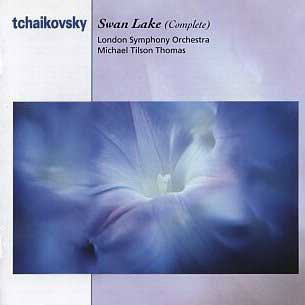 Composer: Béla Bartók
Composer: Béla Bartók
Works: Suite No. 1, Opus 3; movement I from Sonata for Two Pianos and Percussion; Doors IV & V from Bluebeard’s Castle; Mikrokosmos, Book VI, Nos. 148-153; second movement from Piano Concerto No. 2; third movement from Concerto for Orchestra; third movement from Contrasts for violin, clarinet, and piano; fourth movement from Music for Strings, Percussion, and Celesta
Performers: Detroit Symphony Orchestra/Antal Dorati; Vladimir and Vovka Ashkenazy (pianos), David Corkhill and Andrew Smith (percussion); Walter Berry (Bluebeard), Christa Ludwig (Judith); Zoltán Kocsis (piano); Vladimir Ashkenazy (piano); Chicago Symphony Orchestra/Sir Georg Solti; Arvid Engegard (violin), Elmar Schmid (clarinet), András Schiff (piano)
Recording: DECCA, 1966-1994
Label: DECCA
Béla Bartók remains a titan of 20th-century music, his oeuvre reflecting a profound engagement with folk traditions, innovative rhythmic structures, and intricate harmonic language. The compilation “The World of Béla Bartók,” while aptly showcasing a selection of his pivotal works, raises questions about the interpretive decisions surrounding the presentation of these movements. Bartók’s music, often characterized by its emotional depth and structural complexity, can suffer from fragmentary treatment, as it is designed to function within the larger narrative of complete works.
The performances gathered here are largely exemplary, particularly those conducted by Sir Georg Solti and Antal Dorati, both of whom had a deep affinity for Bartók’s idiom. Solti’s conducting of the Chicago Symphony Orchestra in the Elegia from the Concerto for Orchestra is particularly noteworthy. The lush orchestral timbres and the expressive phrasing capture Bartók’s poignant lyricism, although one might wish for more of the visceral contrast that defines the work as a whole. Similarly, the recording of the third movement from Contrasts, featuring Arvid Engegard, Elmar Schmid, and András Schiff, demonstrates a keen understanding of the work’s playful yet intense spirit, although the performance occasionally lacks the fiery spontaneity that this music demands.
Where the compilation shines is in the segments from Mikrokosmos, performed by Zoltán Kocsis. These pieces, lesser-known but rich in Bartók’s idiosyncratic rhythmic and melodic language, reveal the composer’s deep roots in folk music. Kocsis brings a sensitivity to the nuances of Bartók’s piano writing, deftly navigating the intricate textures and dynamic contrasts. The clarity of his touch and the precision of his articulation provide a refreshing insight into this often-overlooked repertoire, underscoring the importance of folk elements in Bartók’s compositional palette.
The engineering quality of this collection is commendable, with each performance benefitting from a clear and vibrant sound that does justice to the orchestral forces at play. However, the compilation’s structure, with its seemingly arbitrary selection of movements, can feel disjointed. One is left yearning for the cohesiveness of a full work, as the transitions between contrasting pieces can disrupt the listening experience. This is especially evident in the excerpts from Bluebeard’s Castle, where the dramatic stakes of the opera are diluted when presented in isolation.
“World of Béla Bartók” serves as a commendable entry point for those newly acquainted with the composer, offering a well-curated survey of his most significant works. Yet, it inevitably raises the question of whether the integrity of Bartók’s vision is best served through such an anthology. The performances are, for the most part, superb, showcasing both the technical prowess of the artists involved and their deep understanding of Bartók’s musical language. Ultimately, while this compilation is valuable for its accessibility and the quality of its interpretations, it cannot fully encapsulate the richness of Bartók’s complete works, leaving the discerning listener with a sense of longing for the larger narratives that define his music.



